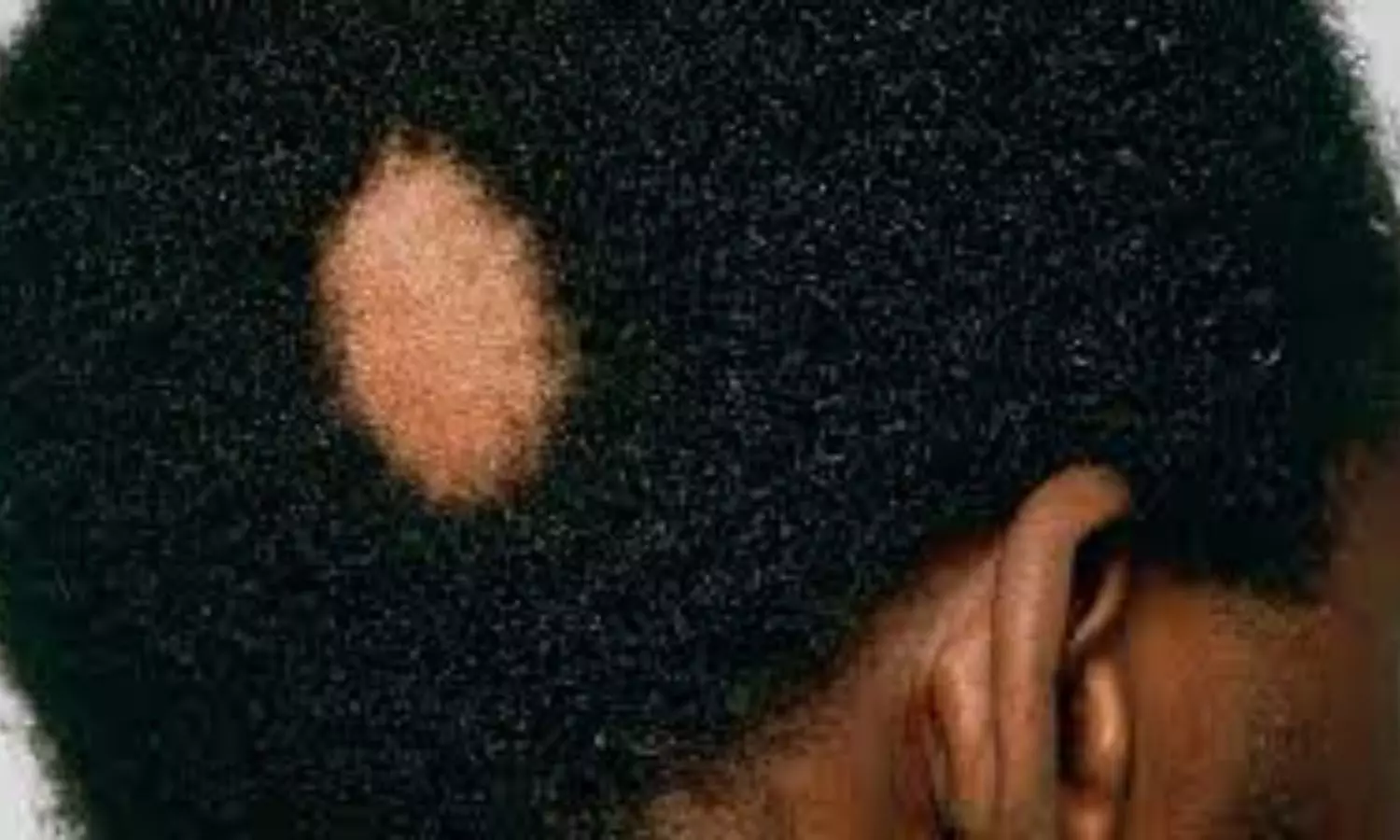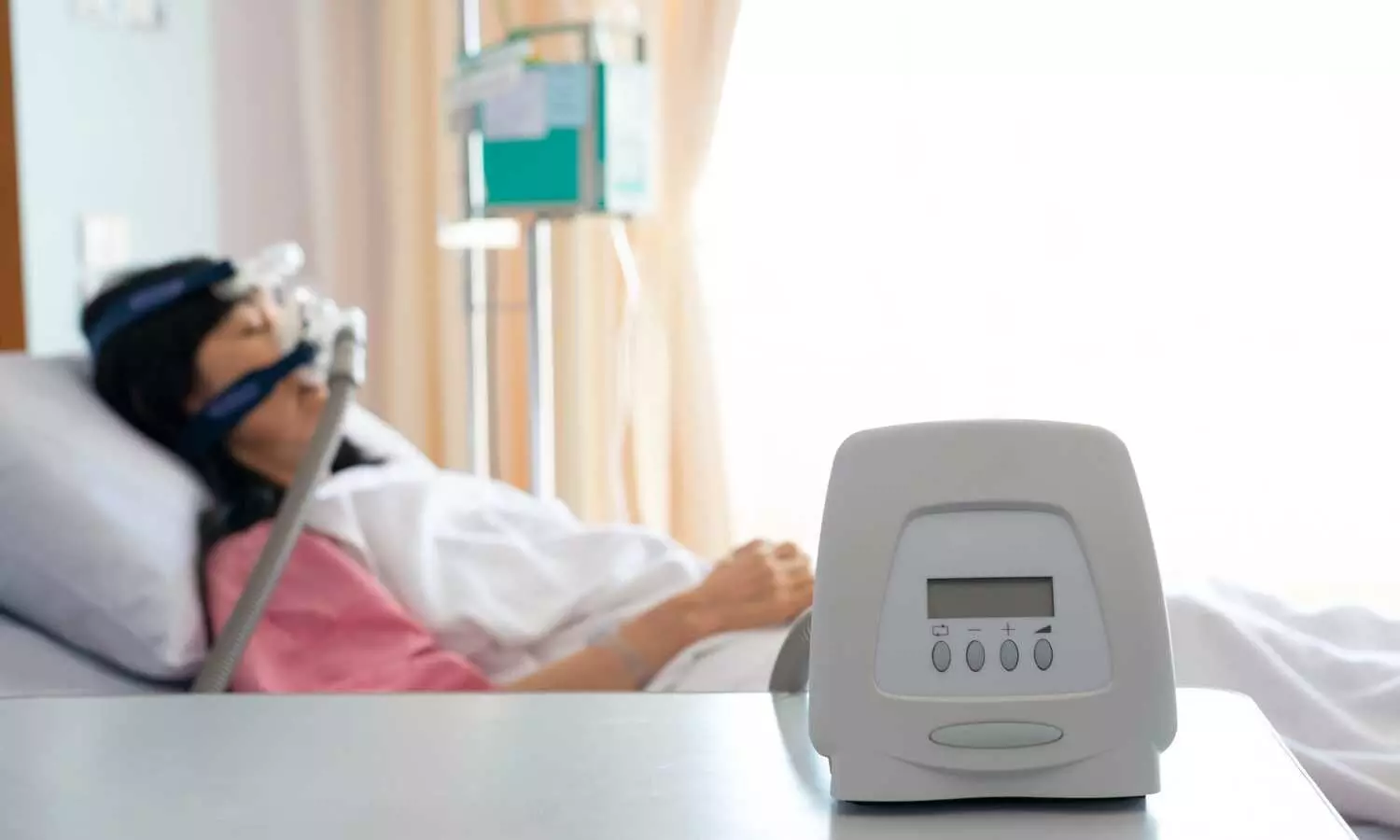Baricitinib Shows Long-Term Safety in Severe Alopecia Areata: 4-Year Trial Data

USA: In a significant advancement for the treatment of severe alopecia areata (AA), long-term data from two phase III clinical trials—BRAVE-AA1 and BRAVE-AA2—have confirmed that baricitinib maintains a consistent and favorable safety profile even after up to four years of use.
The findings, published in the American Journal of Clinical Dermatology, highlight that the drug is well-tolerated over extended periods with low incidence rates of serious adverse events (IR 2.6) and no reported cases of serious infections, cardiovascular events, deep vein thrombosis, pulmonary embolism, or death. Additionally, rates of herpes zoster (IR 1.9) and malignancies (IR 0.2) remained stable throughout the follow-up period, reinforcing the long-term safety of baricitinib for patients managing this chronic autoimmune condition.
Baricitinib, a Janus kinase (JAK) inhibitor, is one of the first systemic treatments approved for severe alopecia areata and works by targeting the underlying immune dysfunction associated with the condition. Brett King, Department of Dermatology, Yale School of Medicine, New Haven, CT, USA, and colleagues present pooled safety findings on baricitinib treatment for severe alopecia areata based on data from the BRAVE-AA1 (Phase II/III) and BRAVE-AA2 (Phase III) trials, encompassing both the long-term extension and bridging extension phases.
For this purpose, the researchers assessed safety data from two groups: patients on continuous baricitinib (2 mg or 4 mg) and all patients who received any dose during the trials. They evaluated treatment-emergent adverse events, key safety concerns, and lab abnormalities. Incidence rates per 100 patient years were calculated based on risk duration. Data cutoffs were May 22, 2023 (BRAVE-AA1), and May 8, 2023 (BRAVE-AA2), with a follow-up of at least 152 weeks.
The key findings of the study were as follows:
- Safety data included 1,303 patients treated with baricitinib, accounting for 2,789.7 patient-years of exposure (median duration: 825 days; maximum: 1,460 days).
- Most treatment-emergent adverse events were mild to moderate in intensity.
- The incidence rate (IR) of serious adverse events was low at 2.6 per 100 patient-years.
- Discontinuation due to adverse events occurred at a low rate (IR = 1.7).
- These rates were consistent with previously reported data through at least 104 weeks.
- No new cases of serious infections, opportunistic infections, major cardiovascular events, deep vein thrombosis, or pulmonary embolism were reported during an additional year of follow-up.
- Rates of non-melanoma skin cancer (IR = 0.1) and other malignancies (IR = 0.2) remained stable.
- Herpes zoster incidence remained consistent with earlier data (IR = 1.9).
- Laboratory test changes showed stable trends over time.
- There were no deaths in either BRAVE-AA1 or BRAVE-AA2 trials.
“The long-term safety findings from the BRAVE-AA1 and BRAVE-AA2 trials align with earlier data from the baricitinib clinical program for alopecia areata, showing no new safety concerns or signals even with treatment durations extending up to four years,” the authors concluded.
Reference:
King, B., Mostaghimi, A., Shimomura, Y. et al. Safety of Baricitinib in Adults with Severe Alopecia Areata from Two Phase III Trials Over a Median of 2.3 Years and Up to 4 Years of Treatment. Am J Clin Dermatol (2025). https://doi.org/10.1007/s40257-025-00932-0
Powered by WPeMatico









